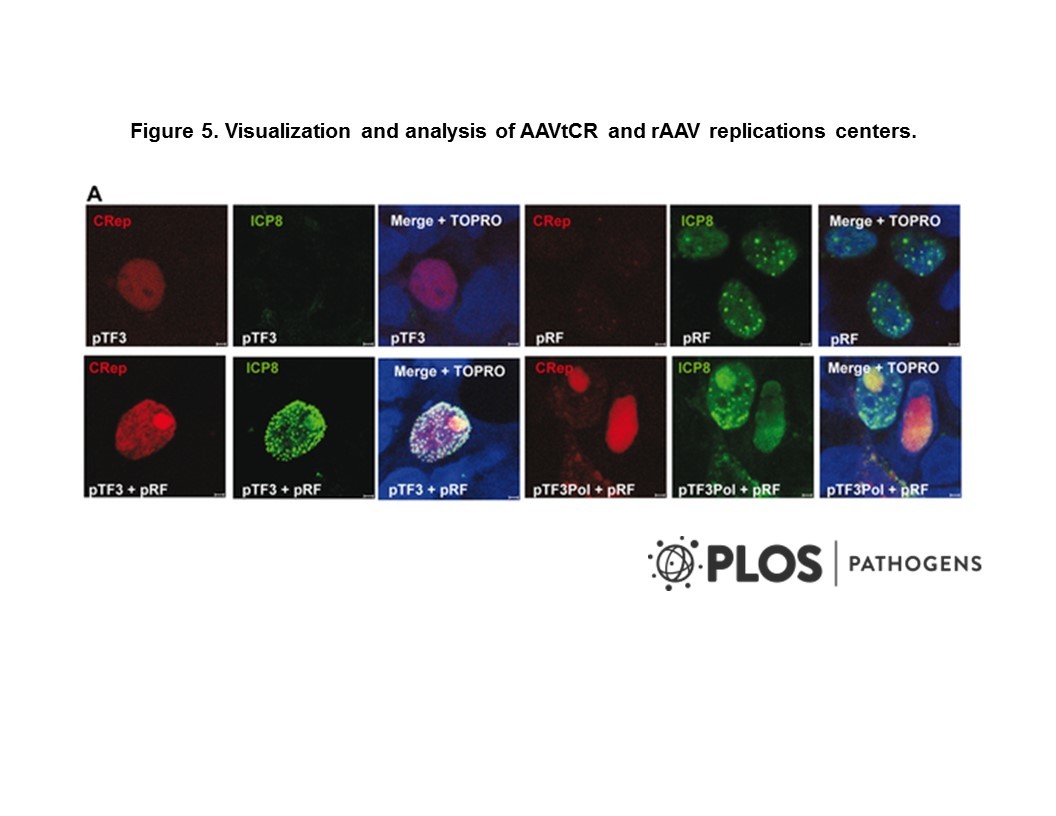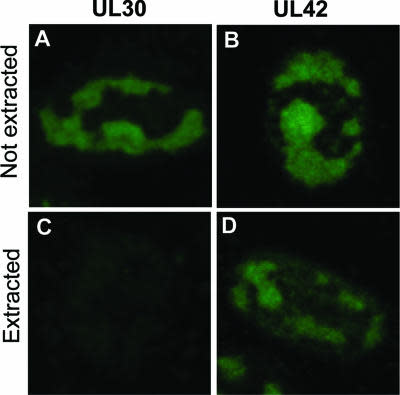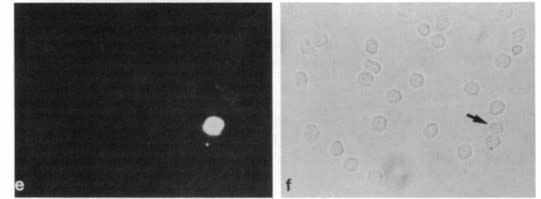
Cat. #151463
Omega-E Packaging Cell Line
Cat. #: 151463
Sub-type: Continuous
Unit size: 1x10^6 cells / vial
Organism: Mouse
Tissue: Embryo
Model: Packaging
£575.00
This fee is applicable only for non-profit organisations. If you are a for-profit organisation or a researcher working on commercially-sponsored academic research, you will need to contact our licensing team for a commercial use license.
Contributor
Inventor: Hartmut Land
Institute: Cancer Research UK, London Research Institute: Lincoln's Inn Fields
Tool Details
*FOR RESEARCH USE ONLY
- Name: Omega-E Packaging Cell Line
- Tool sub type: Continuous
- Parental cell: NIH/3T3
- Organism: Mouse
- Tissue: Embryo
- Growth properties: Recombinant retroviral production
- Model: Packaging
- Conditional: Yes
- Description: The Omega-E Packaging Cell Line ias an helper-free packaging cell line & shuttle vector system enabling high-titer production of recombinant retroviral vectors for mammalian gene transfer, with significantly reduced probability of replication-competent retrovirus generation. The pBabe series of vectors represent a highly efficient retroviral based gene transfer system for stable expression within mammalian cells. They are derived from the Moloney murine leukemia virus (MMLV) and can be used to produce high titer viral stocks.Inserted genes are expressed from the MMLV Long Terminal Repeat, which has been proven to be more efficient than most internal promoters in a number of cell lines. To facilitate the introduction of multiple genes into a single cell the pBabe vectors are available with four dominant selectable markers: G418/Kanamycin, Hygromycin B, Bleomycin/phleomycin and Puromycin. The ability to express multiple genes should facilitate the study of biological phenomenon involving the interaction of multiple genes. Restriction maps and details of each of the constructs are available on request.A partner helper-free packaging cell line, Omega E, designed in conjunction with the pBabe vectors to reduce the risk of generation of wild type MMLV via homologous recombination events has also been developed. This should reduce the problems associated with the mobilisation and spread of defective vector proviruses.
- Production details: The Omega E and pBabe recombinant retroviral system utilises shuttle vectors with multiple drug selection markers (the pBabe vector series) for increased flexibility of gene transfer vector design, and a third generation, helper-free packaging cell line (Omega E) derived from mouse NIH 3T3 cell lines, enabling high-titer production of Moloney murine leukemia virus for use in mammalian gene transfer
- Cellosaurus id: CVCL_2151
Target Details
- Target: pBabe vector
Handling
- Format: Frozen
- Growth medium: For recommended growth and recombinant retrovirus production conditions, see Morgenstern & Land. 1990. Nucleic Acids Research. 18:3587-96. PMID: 2194165
- Unit size: 1x10^6 cells / vial
- Shipping conditions: Dry ice
References
- Littlewood et al. 1995. Nucleic Acids Res. 23(10):1686-90. PMID: 7784172.
- A modified oestrogen receptor ligand-binding domain as an improved switch for the regulation of heterologous proteins.
- Morgenstern et al. 1990. Nucleic Acids Res. 18(12):3587-96. PMID: 2194165.
- Advanced mammalian gene transfer: high titre retroviral vectors with multiple drug selection markers and a complementary helper-free packaging cell line.







